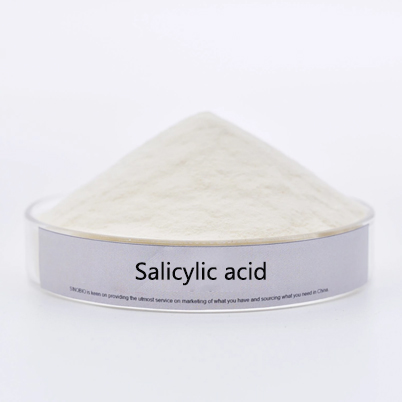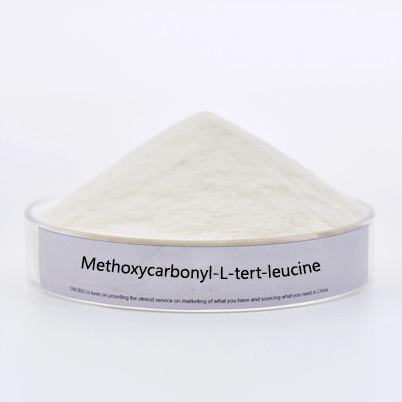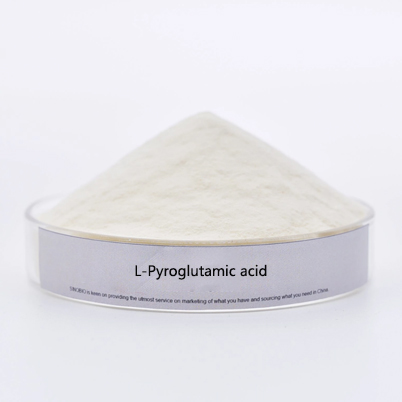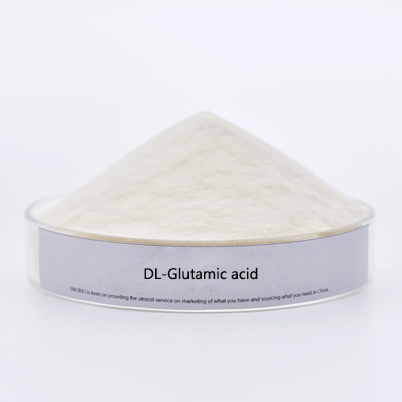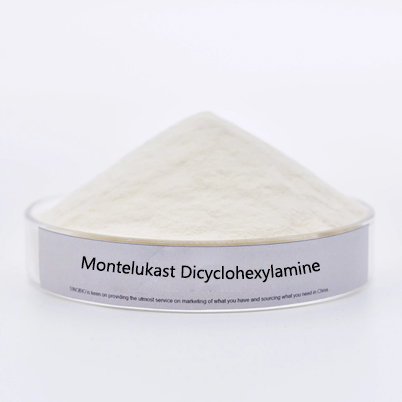- E-mail : info_medicalmarketing@jindunmedical.com
- Phone : +86 21 64057580
- Address : Shanghai China
For whom is docetaxel indicated and what are the adverse effects?
(4s,5r)-3-tert-butoxycarbony-2-(4-anisyl)-4- phenyl-5- oxazolidine
carboxylic acid is used as the intermediate of Docetaxel.
Docetaxel is suitable for the treatment of locally advanced or metastatic
breast cancer. Docetaxel is suitable for the treatment of locally advanced or
metastatic non-small cell lung cancer, even after the failure of cisplatin based
chemotherapy.
Docetaxel, also known as doxorubicin, belongs to the paclitaxel family as
well as paclitaxel (solvent-based paclitaxel, liposomal paclitaxel,
albumin-bound paclitaxel).
Paclitaxel is a substance with antitumor activity extracted directly from
the bark of the redbud tree, while docetaxel is an antitumor drug with better
hydrophilicity obtained from European redbud with artificial structural
modification, so docetaxel is a semi-synthetic paclitaxel antitumor drug.
As a mainstream antitumor drug in clinical practice, it is necessary to
learn about docetaxel together with you!
Who are the patients for whom docetaxel is indicated?
Docetaxel has the same efficacy as paclitaxel, exerting anti-tumor effects
by binding to microtubule proteins and causing cell division arrest.
In vitro studies have found that docetaxel and paclitaxel compete for the
same binding site at the same concentration, while docetaxel has a stronger
affinity for microtubulin than paclitaxel, and its activity of inhibiting
microtubulin is about twice as strong as that of paclitaxel.
Moreover, docetaxel has better hydrophilicity and increased solubility in
water, making the tumor-inhibiting activity higher than that of paclitaxel. In
vitro tests have demonstrated that the antitumor activity of docetaxel is 1.3-12
times higher than that of paclitaxel.
Docetaxel is playing an increasing role in antitumor therapy and currently
has good clinical efficacy in breast cancer, ovarian cancer, non-small cell lung
cancer, head and neck squamous cell carcinoma, cervical cancer, esophageal
cancer, gastric cancer and other tumors.
In clinical practice, docetaxel is most commonly used in breast cancer
patients and is the cornerstone of breast cancer chemotherapy.
It can be used in combination with adriamycin and cyclophosphamide for
post-operative lymph node positive breast cancer adjuvant chemotherapy, or alone
or in combination with adriamycin for locally advanced or metastatic breast
cancer patients; it can also be used in combination with trastuzumab for
HER2-positive metastatic breast cancer treatment.
In addition, docetaxel is by far the most effective drug in the second-line
treatment of anthracycline-resistant breast cancer.
What are the adverse reactions of docetaxel?
The most important adverse reactions - bone marrow suppression
Neutropenia is the most common and is usually severe, and it can get worse
with the dose. Therefore, regular blood monitoring and active use of
leukocyte-raising drugs as necessary are required for docetaxel use.
The most serious adverse reactions - acute hypersensitivity reactions
The incidence of acute hypersensitivity reactions can be as high as 40% and
can occur within about 10 minutes of dosing.
In severe cases, hypotension and bronchospasm may be present, and treatment
may be interrupted. In mild cases, there may be flushing, skin itching, chest
tightness, dyspnea, and chills.
Therefore, oral dexamethasone pretreatment with 16 mg daily for at least 3
days is usually required prior to clinical use of docetaxel to effectively
prevent allergic reactions and fluid retention.
Some patients - may have skin reactions
It is mainly seen in the hands and feet, but can also occur on the
buttocks, face and chest. It manifests as a rash, which may be accompanied by
pruritus, usually within one week after titration, and usually requires only
symptomatic treatment such as antipruritus.
The most specific adverse reaction - fluid retention
It manifests as pleural effusion, peritoneal effusion, and pericardial
effusion, with an incidence of about 35%.
Usually, to reduce fluid retention, corticosteroids can be used
prophylactically prior to drug administration. Fluid retention mostly disappears
after discontinuation of treatment.
Other adverse effects - nausea, vomiting, hair loss, weakness, arthralgia,
etc.
It should be noted that since docetaxel is mostly used for breast cancer
treatment, mostly for female patients, it is necessary to take precautions
before drug use to avoid serious psychological disorders due to hair loss in
some patients.
Most chemotherapy treatments do not harm the hair follicle stem cells,
which are the most important for hair growth, and hair will grow back 3-6 months
after chemotherapy is finished.
Before chemotherapy, you can cut your hair short or shave it to avoid
anxiety when you see hair loss during chemotherapy; you can wear a hat or wig
through the hair loss period to reduce the psychological disorder.
Docetaxel vs. albumin paclitaxel Who can win in a match between the same
family?
Both albumin paclitaxel and docetaxel belong to the same class of
paclitaxel chemotherapy drugs, and their anti-tumor principles are similar, both
belong to anti-microtubulin drugs.
However, paclitaxel is a combination of paclitaxel and human albumin
through technology, and nano-particles are used as carriers, so that the drug
can reach cancer tissues quickly and stay in cancer tissues longer, so the
concentration of the drug is higher at the tumor site, and the drug concentrates
its fire to kill cancer cells, so theoretically the efficacy is better.
In practice, there are fewer studies comparing the two.
A clinical study in Japan in 2020 showed that the use of albumin paclitaxel
in second-line chemotherapy for advanced non-small cell lung cancer
significantly increased the objective remission rate (the proportion of tumor
volume reduction), prolonged median progression-free survival and median overall
survival compared with docetaxel, and the effect was better in squamous cancer,
suggesting that the efficacy of albumin paclitaxel may be better than that of
docetaxel in the second-line treatment of squamous lung cancer.
Regarding side effects.
Allergenicity: Albumin paclitaxel has no added polyoxyethylene-substituted
castor oil, which makes it safer compared to docetaxel and does not require
antiallergic pretreatment.
Hematologic toxicity: The hematologic toxicity of albumin paclitaxel is
low, with less effect on leukocytes and neutrophils than docetaxel, while the
incidence of peripheral neurotoxicity is higher than that of docetaxel.
PRODUCT TAGS
-
date
2022-10-09
-
location
Shanghai, China






































